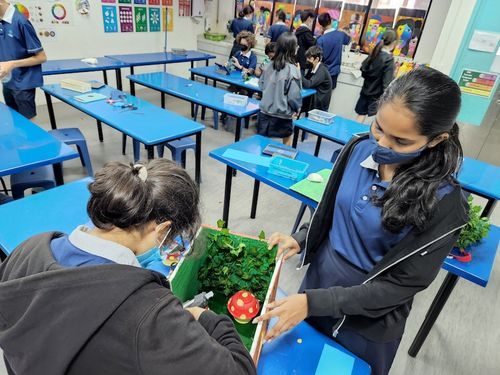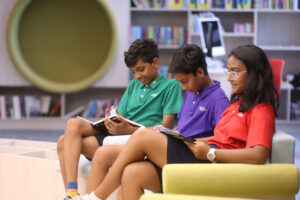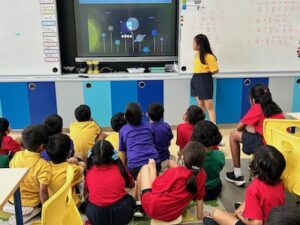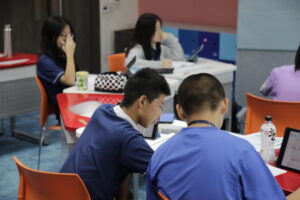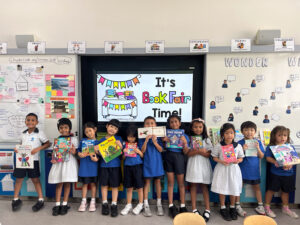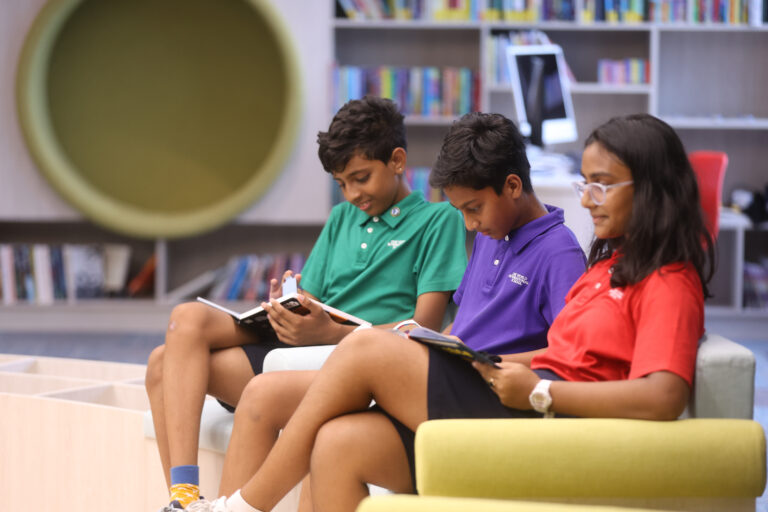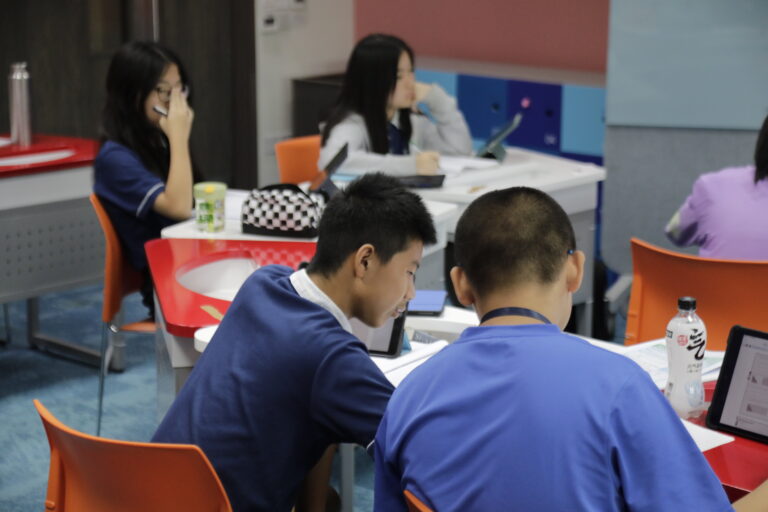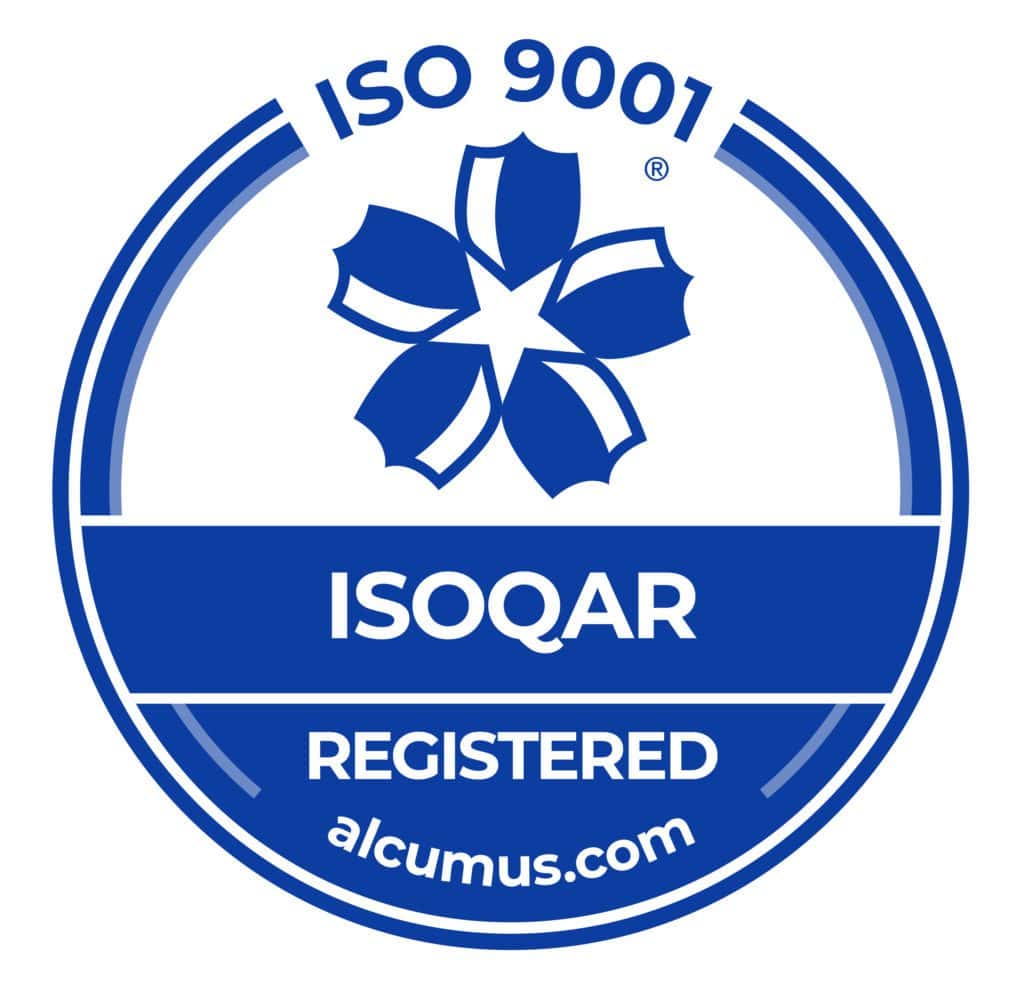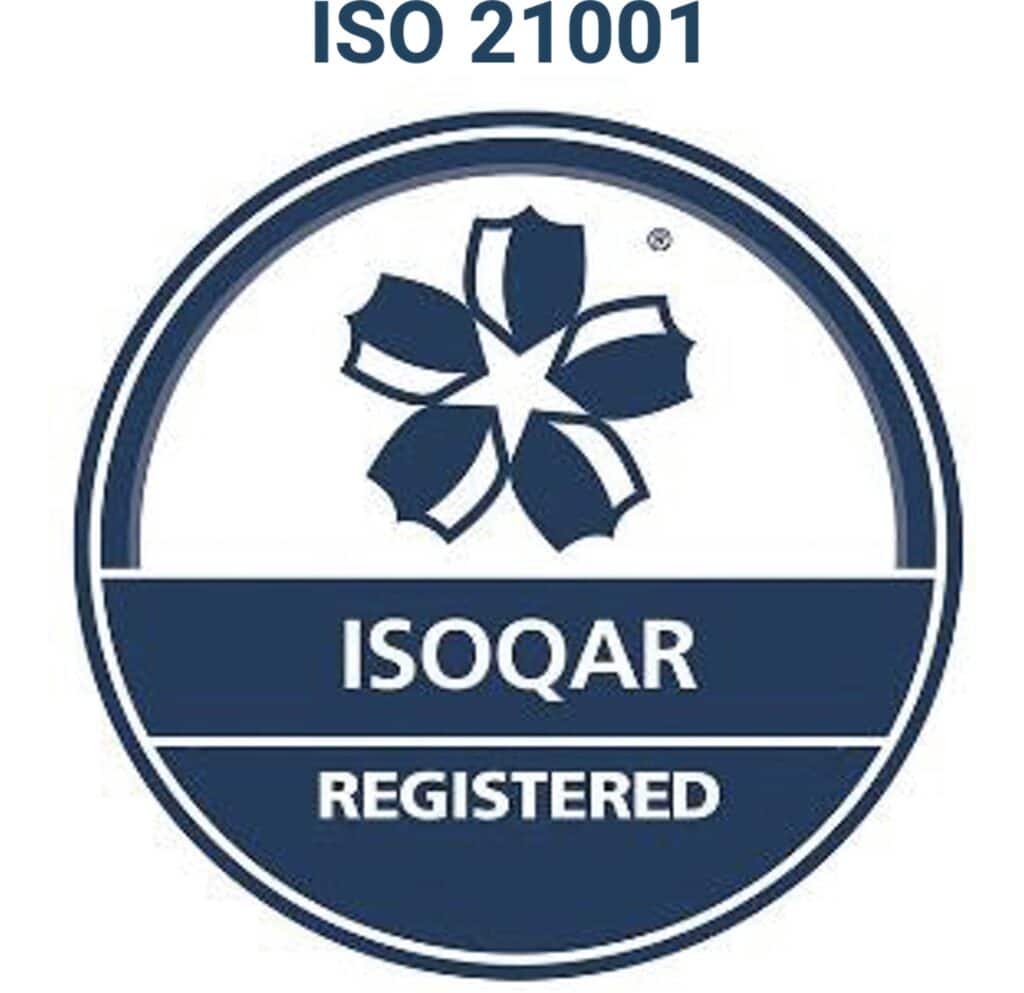Design thinking is a human-centred, iterative methodology that designers use to solve problems.
In general, design thinking in visual arts involves the following steps, though they may be carried out in any order or any number of times. The end result is the key to success:
- Understanding and empathising with the audience
- Defining the problem
- Prototyping solutions
- Testing the results to refine and develop ideas
Through this process, students sharpen their analytical skills and gain a better understanding of intuitive processes.
Why is it important for students to master design thinking in visual arts
Considering the rapidly changing world we live in, students must be adaptable to thrive in the future. They must be prepared to face situations they have never seen before. Design thinking is one of the best tools we can give our Cambridge IGCSE and IB Diploma Programme students at One World International School Nanyang Campus to ensure they acquire creative confidence in their abilities to adapt and respond to new challenges.

Design thinking also improves the Approach to Teaching and Learning (ATL) skills and hones the attributes of the IB Learner Profile.
For example, finding empathy or understanding the audience involves realising the need for the project. With the help of their teacher, students break down a complex problem into bite-sized capsules. They try to understand the concept, share their views, research the problem, and incorporate events and experiences into their thinking process. This leads our learners to be inquirers as they work towards solving the audience’s problem.
In the next step, students use critical thinking to structure the problem to move closer to the solution. They build visual cues to ideate their creative findings.
Further along the process, our students challenge themselves to define the core strengths of their ideas, and eventually, they take on the role of risk-takers to create a prototype of their findings. Student agency plays a vital role to help them to become independent learners. They also become better at collaboration as they work on ideas with their peers. They explore and experiment with prototyping their results to serve their findings.
Throughout this process, students will glean the benefits of cross-curricular education and enhanced collaborative learning across multiple subjects. Every stage of the design thinking process aligns with the IB way of learning.
How can students in Secondary School incorporate design thinking in visual arts
Design thinking in visual arts in Secondary School at OWIS is aligned with SMART goals (Specific, Measurable, Achievable, Relevant, and Time-Bound), and can be explained through a real-world example of a sustainable art project:
- Transdisciplinary learning: Students embarked on a project that combines visual arts with environmental science and sustainability. They explored the theme of waste management and its impact on the environment through artistic expression.
- Interpretation of the art theme: Students critically analysed the waste management concept and brainstormed on creative interpretations. They considered how they can visually communicate the importance of reducing, reusing, and recycling materials to create sustainable artwork.
- Application of creative thought process: Students experimented with various artistic techniques and repurposed materials to find innovative solutions for their artwork. They explored unconventional methods and collaborated to develop visually compelling and environmentally conscious pieces.
- Iterative process: Students created initial sketches and prototypes of their artworks, seeking feedback from peers and art teachers. They reflected on the feedback, made necessary revisions, and ensured that their work aligns with their SMART goals.
- Final artwork creation: Students produced their sustainable artworks, incorporating the feedback and revisions. They paid attention to aesthetics, effective communication of the waste management theme, and the use of sustainable materials.
- Presentation and evaluation: Students showcased their sustainable art pieces in the school art exhibition, sharing the underlying message and their creative process. They evaluated their work based on their SMART goals, by seeking feedback from viewers and reflecting on their success in creating environmentally conscious artwork.

By applying the design thinking process in visual arts, integrated with SMART goals, students developed a deeper understanding of sustainability issues and explored innovative solutions through their artwork. They cultivated critical thinking, creativity, and a sense of environmental responsibility while engaging in a meaningful and impactful art project.
To learn more about how OWIS educators hone the attributes of the IB Learner Profile throughout Secondary School, please contact our Admissions Counsellor.

